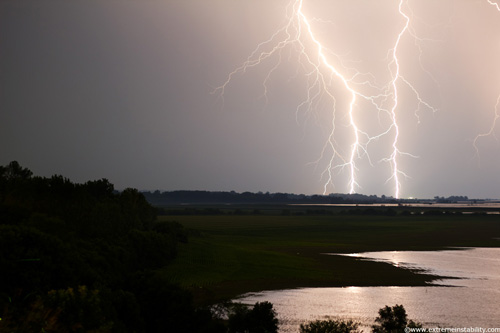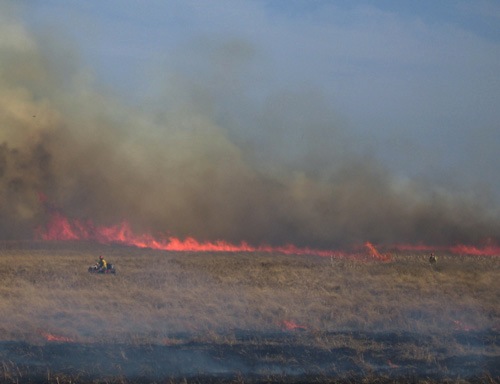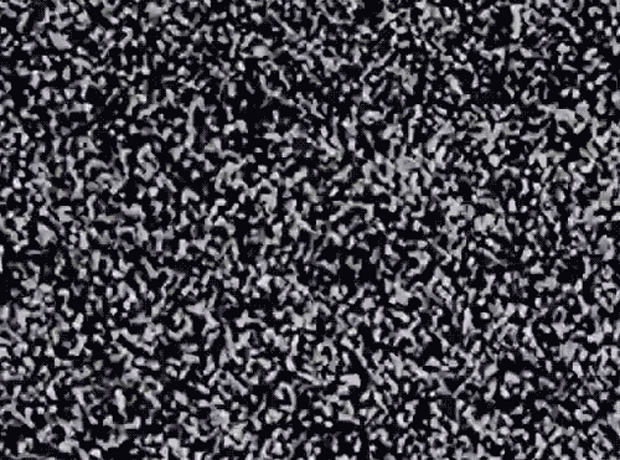What is Fire?


Safety 101
Tip 1: Never leave a lit candle unattended, nor place it under a bushel basket.
Tip 2: Be sure to keep fabrics or any other flammable materials away from space heaters when in use. And let cool for an hour before storing.
Fire Tetrahedron
Fire is either man-made or natural. Sometimes it’s started on purpose and other times it’s an accident. Fire has a purpose, but comes with risks. The components of a fire are called the fire tetrahedron.
FUEL + HEAT + OXYGEN + COMBUSTION = FIRE
There are three types of heat—and all three types can start a fire.
Radiant heat takes the form of light and heats objects that its rays land on. Both the sun and a light bulb give off radiant heat.
Convection heat is transferred through the air. For example, if a fire in one room of a building is hot enough, it may make the next room burst into flames even if the fire hasn’t physically spread to the second room.
Conduction heat spreads through matter rather than through the air. A hot muffler on a vehicle parked in dry grass conducts its heat to the grass, which may catch on fire.

Get the Facts
How it works
Fire is the result of fuel, in the presence of oxygen, heated to the point that it combusts. The oxygen is needed because fire is a type of oxidation—like rust, only faster. Fuel can be just about anything. Grass and wood are common fuels, because they burn easily when dry. Grills use charcoal or natural gas to create a fire. Fuel needs to be heated for combustion to happen. Different materials require a different temperature to combust. If you’re cooking with oils, pay attention to the type of oil you use. Olive oil starts to scorch before vegetable oil because it has a lower burning point. How long a fire lasts depends on how much fuel and oxygen are available. For example, a kitchen grease fire can be extinguished before all the grease—otherwise known as fuel—is consumed, by cutting off the amount of oxygen available. You can do this most easily by putting a lid on the pan.
Statistics and Resources
Statistics and Facts
Watch This
Brain Check
1. Fire requires four ingredients: oxygen, fuel, combustion, and _________.
- Hot tamales
- Heat
- Christina Aguilera

2. What do radiation, convection, and conduction all have in common?
- They all end in "-tion."
- They're all ways to transfer heat.
- They all end in "-tion" and are ways to transfer heat.

3. The image showing the four parts needed for a fire is called the fire ________.
- Triangle
- Circle
- Tetrahedron

4. You should never throw water on a grease fire.
- True
- False

5. Fires sometimes start naturally, usually by _____.
- Lightning
- Sasquatch
- Rain

Results
Congrats! You’ve finished the quiz! Your score is




